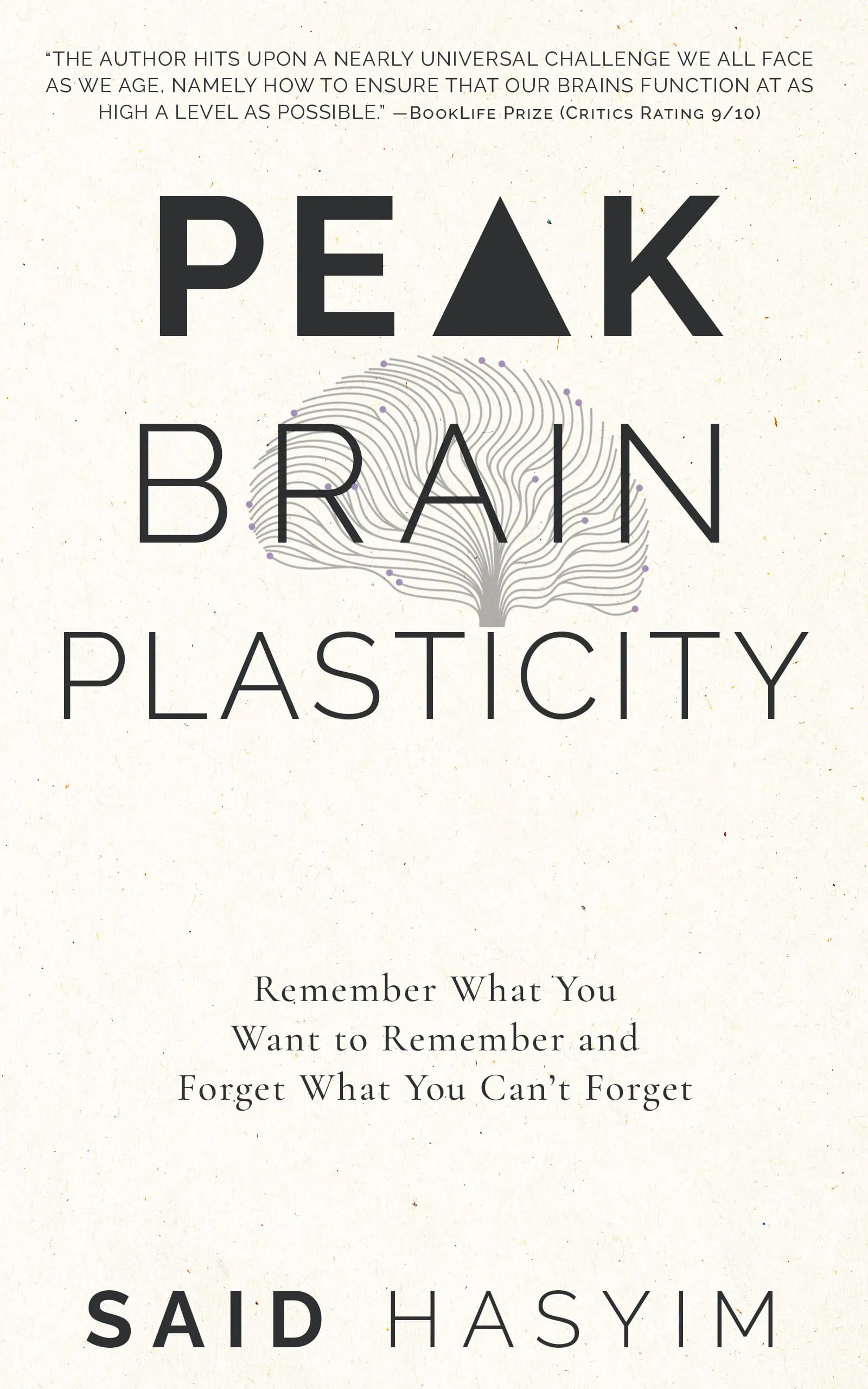Memory Techniques That Utilize All Your Senses
Memory is a powerful tool that shapes our experiences and informs our learning. Many people think of memory only in terms of rote memorization, but the truth is that there are far more effective techniques that engage multiple senses. In this blog post, we will explore various memory techniques that incorporate not just sight, but also sound, taste, touch, and smell. By harnessing the power of all your senses, you can significantly enhance your ability to retain and recall information.
The Science of Sensory Memory
Before diving into specific techniques, it’s essential to understand how our senses contribute to memory. The human brain processes sensory input through several pathways, allowing us to create more robust and multisensory memories. Research shows that information presented through multiple senses is more likely to be retained. The principle of dual coding posits that when both verbal and visual information are processed, it enhances memory retention.
The Five Senses and Memory
- Sight: Visualizing information through images, colors, and spatial relationships helps create strong mental associations.
- Sound: Auditory cues and rhythms can aid memory, reinforcing content through songs, mnemonics, or spoken word.
- Touch: Engaging in tactile activities can create a kinesthetic memory, where the physical act of learning enhances retention.
- Taste: Taste can evoke powerful memories, creating associations with specific information or events. Using flavors or foods to represent concepts can enhance memory.
- Smell: Scent is strongly tied to memory. Certain smells can trigger vivid recollections, allowing for deeper connections to the information being learned.
Memory Techniques Engaging All Your Senses
1. The Method of Loci (Memory Palace)
The Method of Loci is one of the oldest memory techniques known. By focusing on a familiar place, such as your home, you create a vivid mental map.
- Sight: Visualize different rooms or areas and associate each one with a piece of information.
- Sound: Add auditory elements to each room; for instance, imagine the sound of a door creaking or music playing.
- Touch: Imagine physically interacting with items in that room, such as feeling the texture of a chair or the temperature of a window.
- Smell: Incorporate smells into your visualization; each room can evoke a particular scent (flowers, food, etc.) to help reinforce memory.
- Taste: You could envision tasting something specific in each area, such as biting into an apple in the kitchen that represents a certain concept.
2. Creating Vocal Rhymes and Songs
Music and rhythm can significantly enhance memorization due to their auditory and emotional connections.
- Sight: Create accompanying visuals, like flashcards or diagrams, to reinforce the song.
- Sound: Write your lyrics in a catchy tune or rhyme to make them easier to remember.
- Touch: You can create movements or gestures to go along with your song, engaging your body.
- Smell: Pair the song with a particular fragrance (like lavender) while you study; later, the scent may help you recall the information.
- Taste: Eating a specific candy or snack while learning may create a brain association between the taste and information.
3. Sensory Associations
Create a network of connections using your senses:
- Sight: Visualize objects as symbols for different pieces of information.
- Sound: Use sound cues that correlate with these visual symbols. Perhaps, each visual cue has a distinctive sound or word associated with it.
- Touch: When learning, hold the objects or tools that represent your information to create a tactile connection.
- Smell: Use essential oils or scented candles when studying to create scented associations for specific topics.
- Taste: Craft a 'memory meal' where every dish represents a different concept. For example, spicy food could signify something heated or complex.
4. Experiential Learning
Incorporate real-life experiences into learning for a richer memory.
- Sight: Attend workshops or experiments that involve visual components, like chemistry experiments.
- Sound: Participate in discussions or podcasts related to your study material to engage your auditory sense.
- Touch: Get hands-on with materials; use your body and physical movement as you learn.
- Smell: Visit locations relevant to your study. For instance, a bakery when studying culinary arts. Why not take a whiff of fresh bread while learning about baking?
- Taste: Engage with a dish that relates to the concept; if you’re studying cultures, try their traditional foods.
5. Mindful Meditation and Visualization
Mindfulness helps ground you in the present moment, which can also aid memory.
- Sight: Use visualization techniques to picture everything you are learning in vivid detail during meditation.
- Sound: Focus on calming sounds or ambient music to enhance concentration and retention.
- Touch: Ground yourself by being aware of your sensations—feel the texture of the ground or a cushion.
- Smell: Inhale calming scents like sandalwood or eucalyptus during your meditation.
- Taste: During relaxation, take a moment to savor a piece of food, being mindful of its flavor.
Conclusion
Memory techniques that engage multiple senses can offer profound improvements in your ability to retain and recall information. By combining sight, sound, touch, taste, and smell, you capitalize on the brain's inherent capability to create complex and interconnected memories. Whether you're studying, learning a new skill, or trying to remember important dates, these strategies can provide a richer tapestry of memory that serves you well for years to come.
Incorporate these techniques into your learning processes, and you may find yourself not just remembering more, but also recalling information with greater ease and clarity. So, let your senses take the lead and watch your memory soar!
Harness the Power of Neuroplasticity
Discover Peak Brain Plasticity, a practical book to harnessing neuroplasticity. Enhance your memory, learn new languages quickly, and alleviate anxiety with effective study methods. Uncover daily habits that impact cognitive health and explore techniques for accelerated learning and memory retention. Unlock your brain's potential for growth and transformation.
